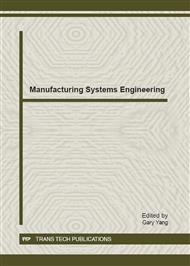p.42
p.46
p.50
p.56
p.62
p.67
p.72
p.78
p.83
Influences of Obstacles Installed in the Container on the Superheated Liquid Boiling
Abstract:
During the accident mechanism investigation of Boiling Liquid Expanding Vapor Explosion (BLEVE), numerous dada shows that overheated liquid explosive boiling is the main reason and driving force to cause accidents. Research on the micro-process of overheated liquid instant boiling in BLEVE as well as the microscopic mechanism to influence this process development under different device conditions is favorable to seek the preventive and control measures for this accident. In this paper, regarding the mesh obstacle provided inside the storage tank, high-speed camera technology has been utilized to shoot the boiling process during continuous leakage of the storage tank, and the influence of the obstacle on the overheated liquid boiling has been tested and analyzed. It is found out that the boiling process of overheated liquid has been delayed. When the bubbles are rising, the growth process has been suppressed, after passing the obstacle, the movement speed and volume has been decreased, and the upward expansion speed of two-phase flow has also been decreased.
Info:
Periodical:
Pages:
62-66
Citation:
Online since:
January 2012
Authors:
Keywords:
Price:
Сopyright:
© 2012 Trans Tech Publications Ltd. All Rights Reserved
Share:
Citation:


